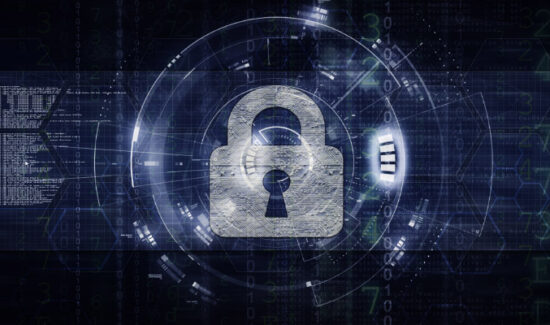Enterprise Ransomware Protection: Expert Insights from IT Leaders


Executive Editor Tim King brings this collection of enterprise ransomware protection insights from Solutions Review featured contributors. Articles appearing in this space originally appeared on Insight Jam, an enterprise IT community enabling the human conversation on AI.
A successful ransomware attack can paralyze business operations, compromise sensitive data, and inflict significant financial losses—not to mention the potential reputational damage that can take years to repair. With the increasing sophistication of these attacks, enterprises must prioritize robust ransomware protection strategies to safeguard their digital assets and ensure business continuity.
Effective ransomware protection requires a multifaceted approach, combining advanced technology solutions with rigorous policies and employee training. It’s not enough to simply rely on traditional cybersecurity measures; enterprises must adopt a proactive stance, anticipating potential vulnerabilities and implementing comprehensive defenses that can mitigate the impact of an attack.
In this article, we explore the critical components of an effective ransomware protection strategy, drawing on the latest industry insights and expert recommendations.
To provide a well-rounded perspective, we published a group of leading experts who specialize in ransomware protection for enterprises. Their insights highlight the importance of a layered defense strategy. These experts also emphasize the need for ongoing education and awareness to empower employees to recognize and respond to phishing attempts and other tactics commonly used to deploy ransomware.
Enterprise Ransomware Protection: Expert Insights
VMware’s Mark Chuang reveals key ransomware recovery mistakes to avoid:
“Ransomware attacks have consistently been on the rise in recent years. In fact, VMware research shows that nearly 60 percent of companies surveyed experienced a ransomware attack in the past 12 months, while 65 percent noted an increase in attacks since Russia invaded Ukraine. The bigger challenge, however, isn’t that these attacks are becoming more prominent – but that the nature of the attacks has significantly changed.
Ransomware attacks have evolved from scattered threats by small-time hackers into multi-stage, targeted campaigns executed by sophisticated criminal organizations and state-sponsored groups. Cybersecurity Ventures predicts that ransomware will cost victims more than around $265 billion (USD) annually by 2031.”
Read on Solutions Review
Veeam CIO Nate Kurtz offers a commentary on key steps enterprises need to take after they’ve suffered a ransomware attack:
“The infamous MoveIt tool threatening enterprises everywhere has, of late, begun breaching companies that don’t even use it, simply because their business partners do. Cyberattacks are proliferating with concerning ease and speed, and not everyone is prepared for it. As a CIO myself, I’m keenly aware of the pressures CIO’s face, and have worked alongside Veeam’s own CISO to develop a strategic, targeted response to cyberattacks. What I’ve found is that there are four crucial measures to an effective post-attack response.”
Read on Solutions Review
Continuity’s CTO Doron Pinhas offers an 8-point checklist for backup, security, and data protection:
“The global report also shows that just 8 percent of organizations manage to get back all of their data after paying the ransom. With the increased number and sophistication of ransomware attacks, it’s not a matter of if, but when. And when it does happen, your ability to recover clean and up-to-date backup files is your last line of defense.
A ransomware attack is a horrible time to discover that your backups are not secure, so to help, here’s an 8-point checklist to determine whether your backups are sufficiently secured, and whether data is fully protected.”
Read on Solutions Review
Index Engines’ VP of Strategic Partnerships Jim McGann offers his key ransomware takeaways from the last year:
“It’s abundantly clear that ransomware, far from fading into obscurity, remained a formidable threat to organizations worldwide, one most organizations were still not prepared for. This year brought about a rollercoaster ride of ransomware incidents, each leaving its own indelible mark on the cybersecurity landscape.
In this article, we delve into the top five things we have – hopefully – finally learned about ransomware in 2023, shedding light on the evolving tactics employed by cybercriminals, the shifting dynamics in the cyber insurance industry, and the pressing need for a robust recovery strategy.”
Read on Solutions Review
Infinidat’s CMO Eric Herzog offers the kets on what storage admins need to know about SOC integration:
“A storage admin needs to ask the right questions and be laser-focused on the optimal outcome, safeguarding the data, which is the lifeblood of all enterprises today. Will the response be fast enough to take a snapshot of all the data, so it can be recovered rapidly after a ransomware attack or other type of malware attack? The security of the data infrastructure is hanging in the balance. How can the rapid recovery of a known good copy of data be ensured?
Without an automated process to capture immutable snapshots of the data before it gets encrypted, corrupted or taken hostage through a ransomware attack, the reaction is, in all likelihood, too cumbersome – indeed, too slow. “


















